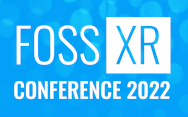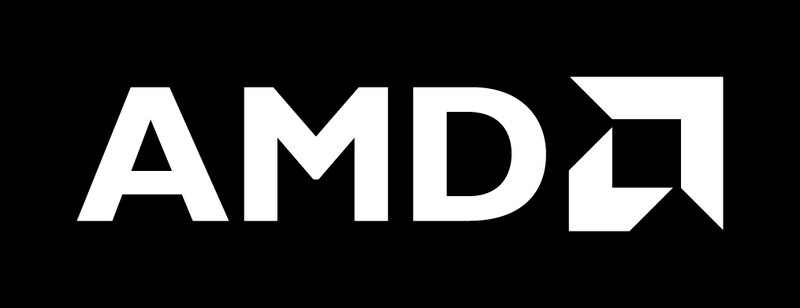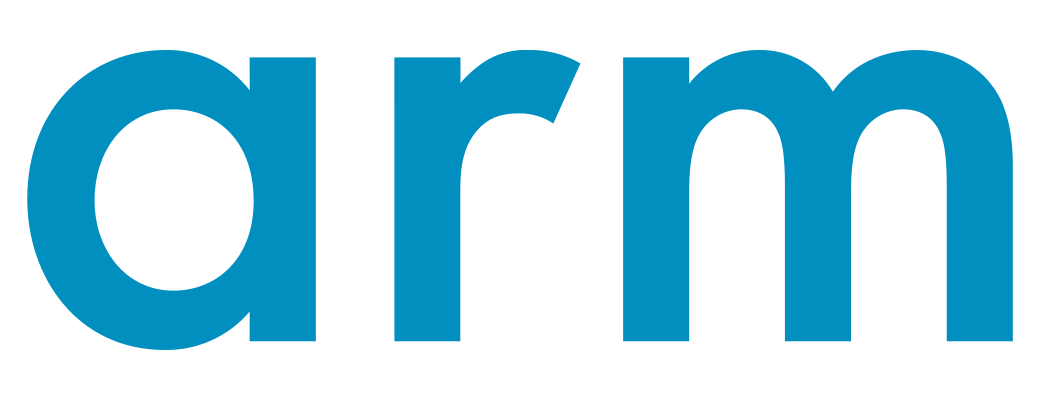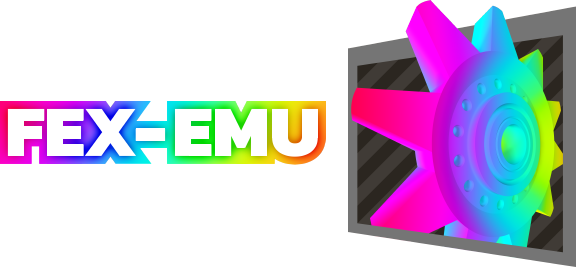Speaker
Description
Scientific visualization has long benefited from the use of immersive technologies (XR), going back to when XR hardware was expensive, and usually found only in research labs. The eruption of lower-cost, consumer XR technology benefits not only the gaming community, but has also increased the potential benefits to science and other "serious" pursuits.
ParaView, a popular open-source scientific visualization tool, has two "plugins" that have been developed to allow a researchers to immersively interact with 3D data using either a consumer headset (HMD), or in a CAVE-style VR system.
The headset plugin now includes both an OpenXR as well as an OpenVR interface, allowing any modern PC-connected headset to instantly shift from a desktop to an immersive viewpoint. The CAVE plugin likewise generates outputs suitable for walk-in VR experiences, and interfaces with both high-end, and consumer VR position tracking systems. Together, these plugins enable ParaView to be quickly interfaced to almost any XR system, large or small.
Underneath the hood of ParaView is the VTK API (Visualization Toolkit), which, also open-source, can be directly interfaced to both OpenXR and OpenVR, using only a handful of Python (or C++) programming statements to again shift from desktop to XR.
The U.S. National Institute of Standards and Technology (NIST) has been collaborating with Kitware Inc. (maintainers of ParaView and VTK) to further expand the immersive functionality of these tools, including the work to interface with the OpenXR Khronos standard. The NIST High Performance Computing and Visualization Group routinely uses both consumer headset as well as CAVE-style VR facilities to provide researchers the ability to naturally interact with their simulation data through immersive technologies.
The NIST team will present the current state of the ParaView and VTK interfaces to immersive technologies, and discuss our future plans as we continue our collaboration with Kitware Inc. We also plan to bring both HMD and CAVE-style (one-screen) displays to provide live demonstrations of our ongoing efforts.















